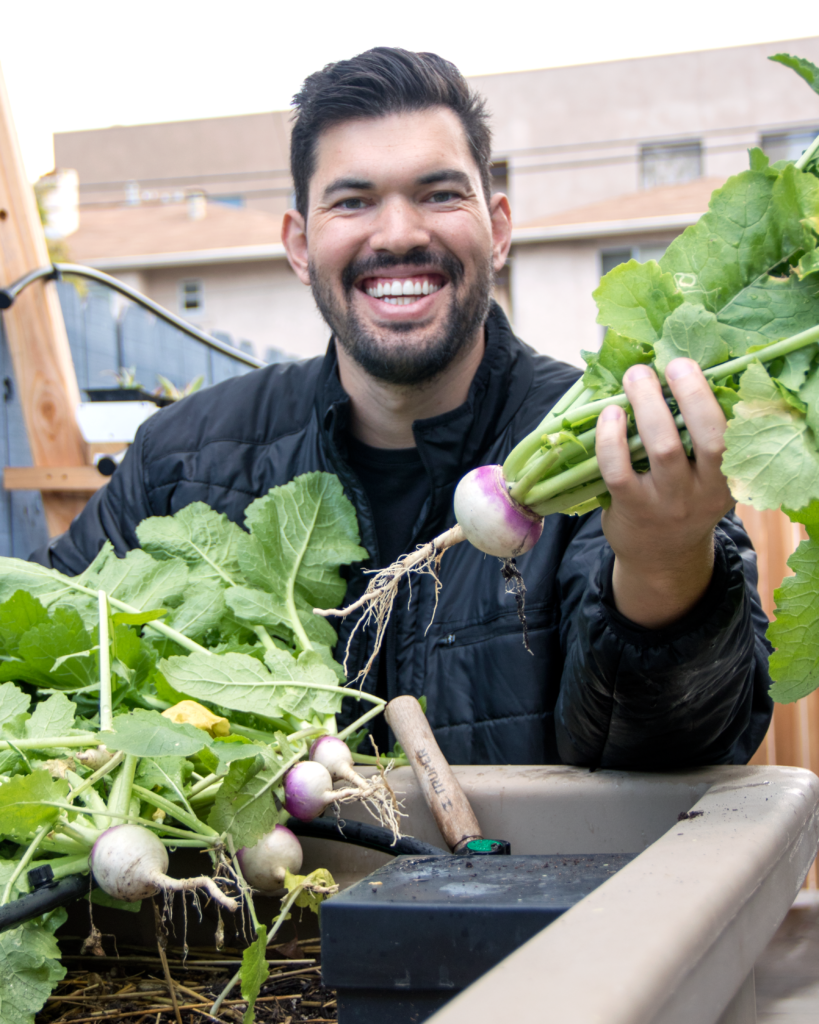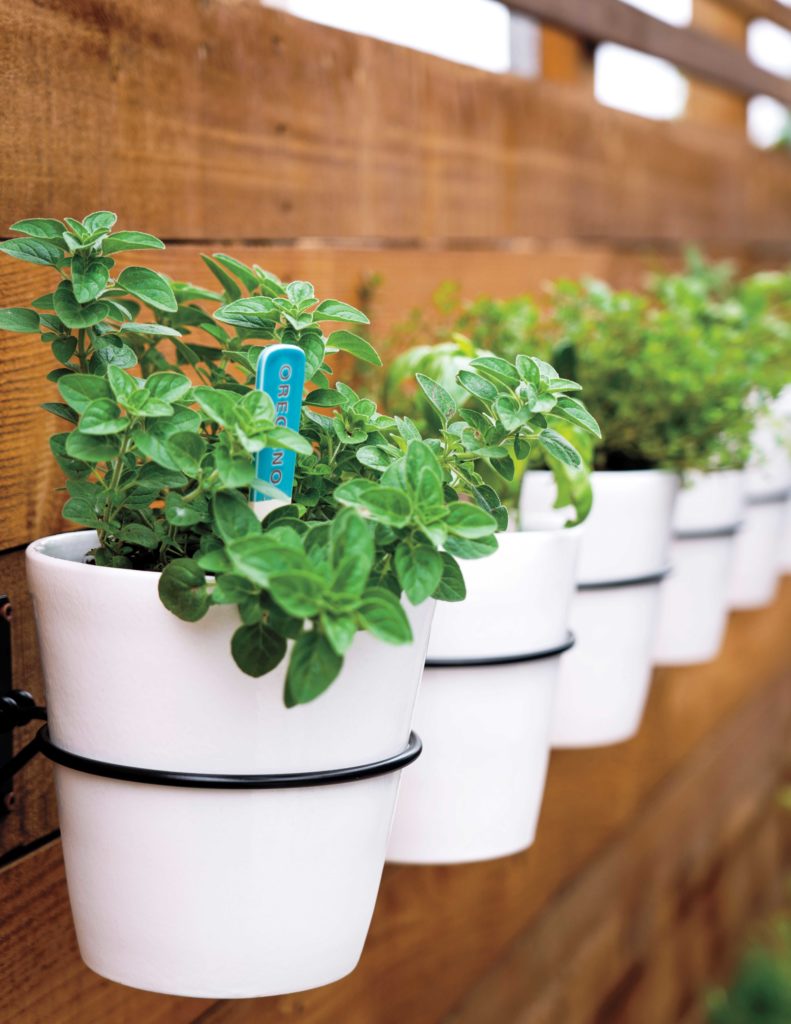
Learn How to Protect Your Garden from The Cold
Prepare your garden for the cold with help from Kevin Espiritu.

As winter approaches, it is important to take the necessary precautions to protect your garden from the harsh effects of the cold. Kevin Espiritu, the plant guru behind the Epic Gardening website, is able to give some tips and tricks on how you can effectively prepare for the cold months to come.
Winding the Garden Down for Winter
When leaves start to plummet to the ground and the air picks up a chill, it’s time to prepare for the winter. But what needs to be done to wind down the garden before the real cold settles in?
The list is not exhaustive, but it can be a bit of a chore. This is particularly true if you’ve got a large garden that needs to be scaled back or removed entirely. Let’s go over things you’ll need to do to get the soil squared away before the snow flies.
Mulch Maintenance
Now’s a perfect time to spread 3-4 inches of mulch over the surface of any exposed soil. This is doubly true around perennial plants that might need protection from frosts. Trim back your perennials and spread a thick layer of mulch over their roots to give them added insulation.
Bare soil is at risk of erosion if it’s not covered over the winter months, so even if you don’t want to add wood chips or other mulch materials, at least cover your raised beds with something. It can be a living, fast-growing mulch if you’d prefer; crops like alfalfa will spring up rapidly and then die back when the cold settles in, leaving a layer of plant material to protect the soil. In the spring, just till it under to add beneficial organic material.
Leftover seeds from spinach, kale, or other cold-weather plants also make a great winter mulch. Better yet, you might actually get some produce from the plants. Kale actually gets a bit sweeter with the kiss of frost!
Winter Crops in California
Do you live in California? If so, this is the perfect time for you to get carrots, beets, parsnips, and leafy greens like spinach or kale in place. Some brassicas like cabbage and broccoli also tolerate a little intermittent chilly weather. Peas may be slow to grow, but you can start sowing now and get small crops throughout the winter months.
In southern California especially, now is the perfect time to start planning what next year’s spring crops will be and set up your planting schedule. Remember, a few plants may have to be started as early as late December or January for a mid-March planting, so the next season is not that far away!

Courtesy of Kevin Espiritu
Cover Stuff Up
Do you have plants that still have a little bit longer to go before they’re ready to harvest? How about perennials that need a little extra warmth? If so, cover these up to protect them from the cold.
Even a floating row cover can provide small amounts of warmth. For more protection, use clear plastic that allows sunlight to penetrate. You can build a simple hoop house or use a sturdy cold frame. And, for a little extra warmth on the coldest nights, turn on a couple of old strands of Christmas lights under the cover. This doesn’t work as well with LEDs, but the older lights radiate heat and can offer some added protection from the chill weather.
Don’t neglect your trees and shrubs while covering things! There are tree bags and shrub bags that will provide protection from the elements. Alternately, wrap the trunk and main branches with tree wrap fabric for added warmth.
Consider Your Herbs
There are a number of herbs that are hardy enough to tolerate dying back and reviving in the spring. Among those are sage, thyme, and oregano, all of which will benefit from a coating of straw mulch. Chives can be carefully dug up and potted for indoor harvesting throughout the winter. And rosemary can tolerate the winter in zones 8 or 9 but may need to be brought indoors in colder climates.
Leafy herbs like basil, parsley, or cilantro don’t survive through the winter. These can be re-started from seed in time to plant out again in the spring.

Thomas J. Story
Winterize Your Roses
We love their flowers, but roses don’t produce through the colder months. Trim back dead or diseased canes to the base of the plant. Add a thick layer of mulch around the base of the plant to provide warmth to the roots.
Those in climates where freezes are common should enclose their rosebushes in some chicken wire and fill around the plant with straw mulch. This acts as insulation for the plant through the icy chill. Tea roses or climbing varieties should be gently pulled down and covered with mulch, too.
